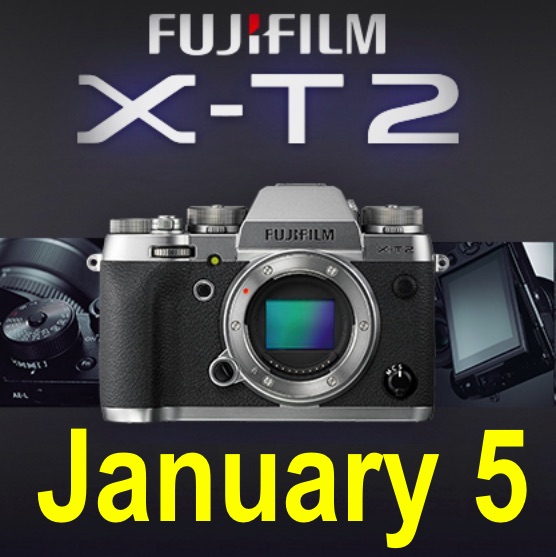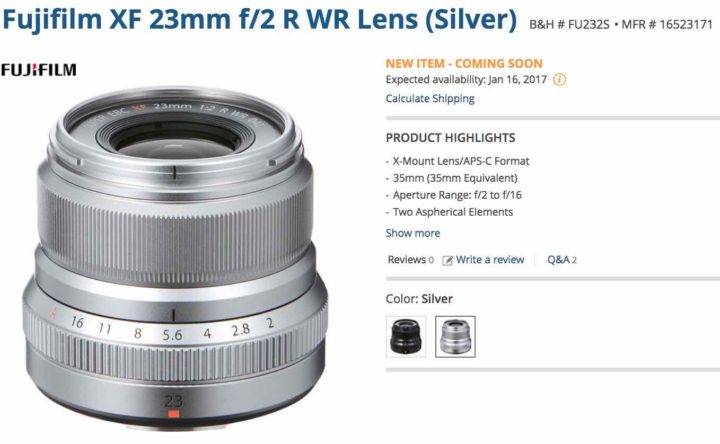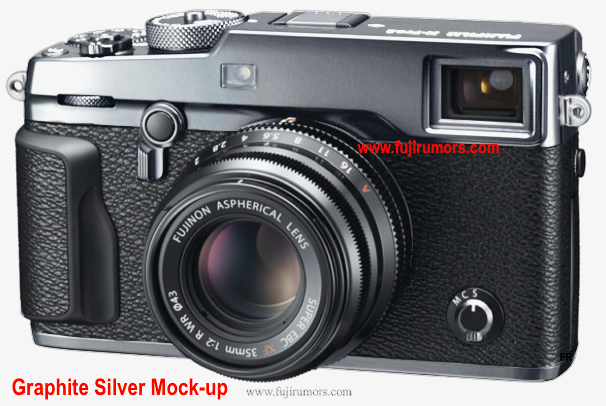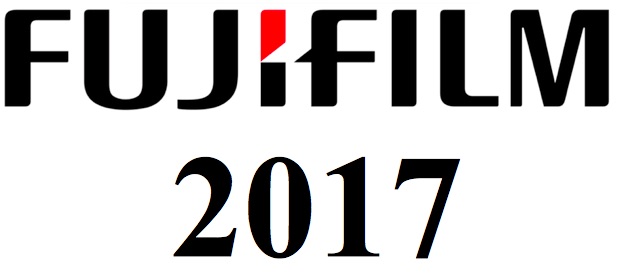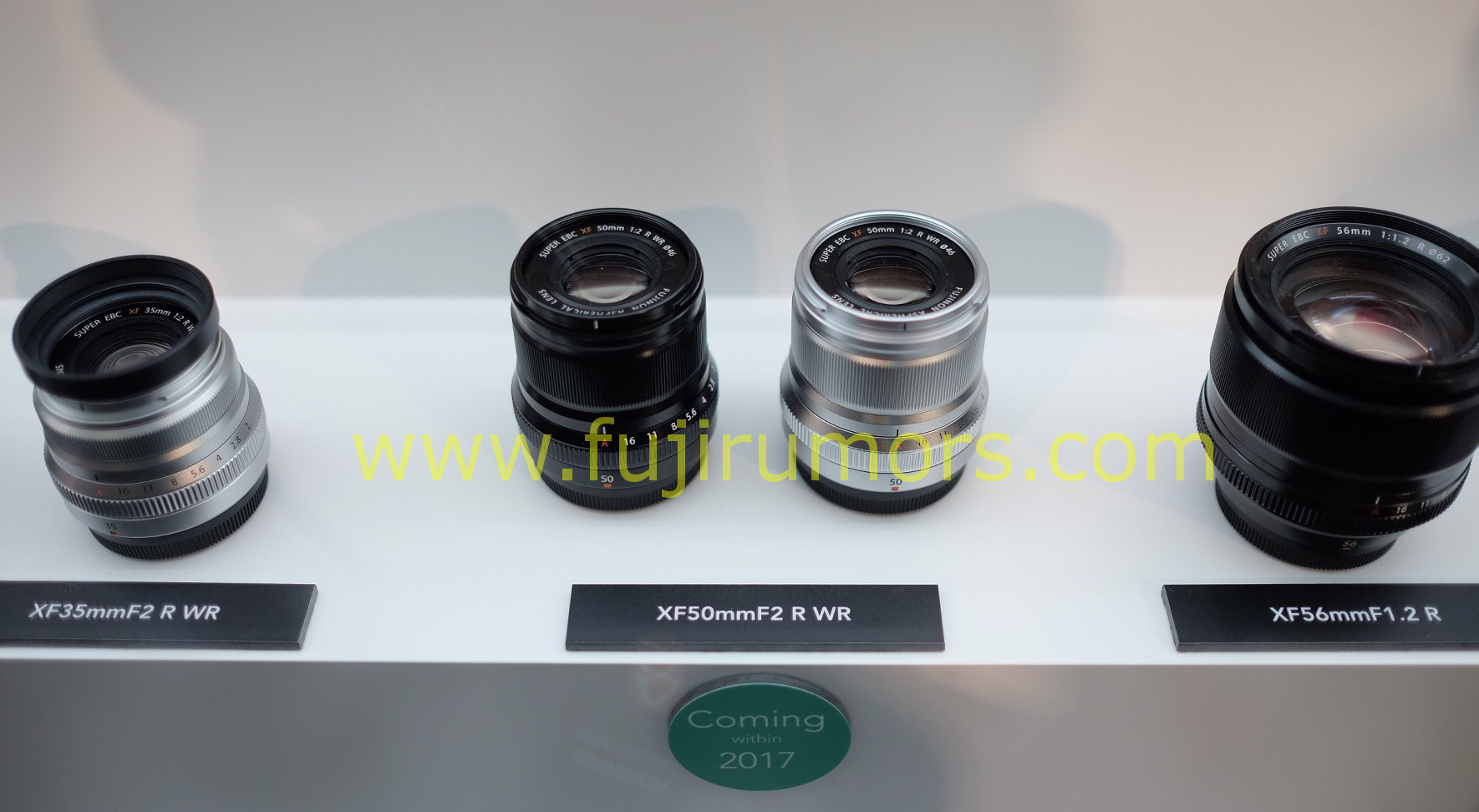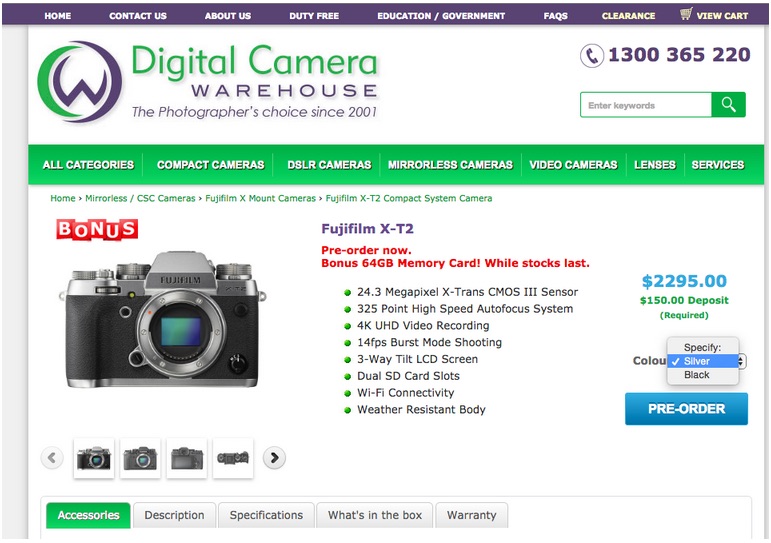Graphite Fujifilm XF23mmF2 Sold in Bundle with Graphite X-Pro2… and Cost More Than Regular
Silver is not enough! Fujifilm will add a special graphite XF23mmF2
Dark Grey X-Pro2 + XF 23mmF2 WR
We have already heard about the special dark grey X-Pro2 more than 3 months ago here and also about a dark grey XF23mmF2 WR here. The update today is that, at least in some countries, they will be sold only as a bundle and cost more than regular.
The Big Fujifilm Year 2017 :: What We Can Expect in January… and After (Rumor Recap)
Fujifilm seems unstoppable. 2016 was such a great year, but the start of 2017 is awesome too. Tons of rumors have already been shared… so time for a recap.
Keep in mind, some of these rumors are from trusted sources, others not. So maybe not everything will materialize.
In January 2017 we will see:
- Silver X-T2
- Graphite X-Pro2
- Graphite XF23mmF2 WR
- Kaizen Firmware
- XF50mmF2
- X100F
- X-T20
- GFX + 3 Lenses
For the rest of 2017 I’d like to dream big :-)
- XF80mmF2.8 1:1 Macro
- X-E3
- XF33mmF1.0
- XF200mm
- XF8-16mmF2.8
- 3 more G-mount lenses for Fujifilm GFX
- Lenses with Clickless Aperture
- Profoto (&Co) Fujifilm support
I’d say enough good reasons to stay tuned on FujiRumors ;)
Fuji X Forum, Facebook, RSS-feed and Twitter
Graphite/Silver X-Pro2, X-T2 and XF23mmF2 to Be Announced * Before * January 19th!
The graphite/silver Fujifilm X-Pro2/X-T2 and XF23mmF2 will be announced before January 19th (when Fujifilm will launch the GFX, X-T20 and X100F). So we are going to have 2 separate announcements in January :)
It’s a Super-Fuji Month… so make sure not to miss anything by:
- * NEW *: Allow Quick&Small Push Notifications in your browser window. Click the little ring icon on the bottom right of the browser window to join (or manage anytime) your subscription.
- Join FR on Facebook – click here
- Join FR on Twitter – click here
- RSS-Feed – click here
- Fuji X Forum – click here
- Previous
- Page 1
- …
- Page 1,201
- Page 1,202
- Page 1,203
- Page 1,204
- Page 1,205
- Page 1,206
- Page 1,207
- …
- Page 1,375
- Next

